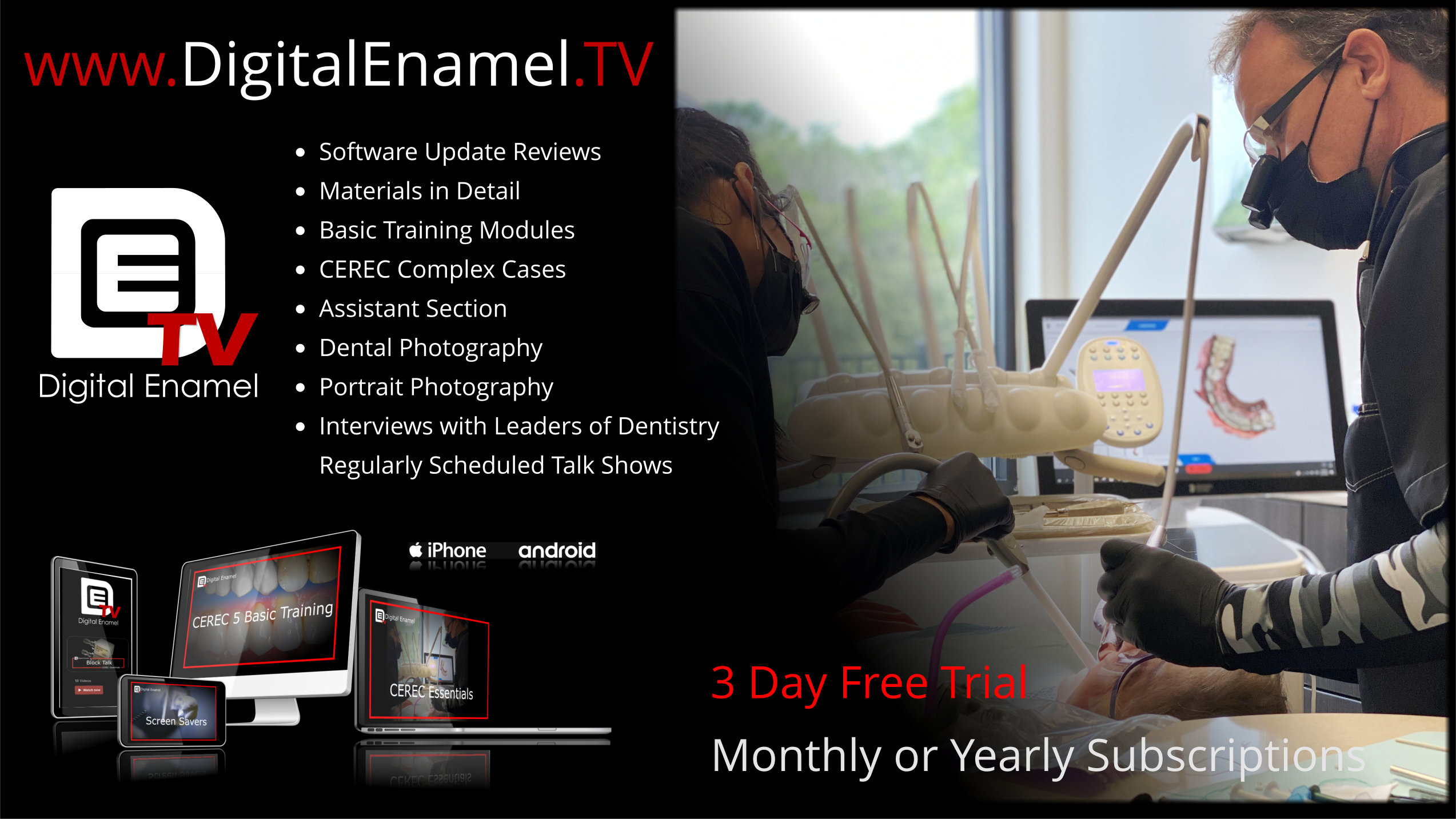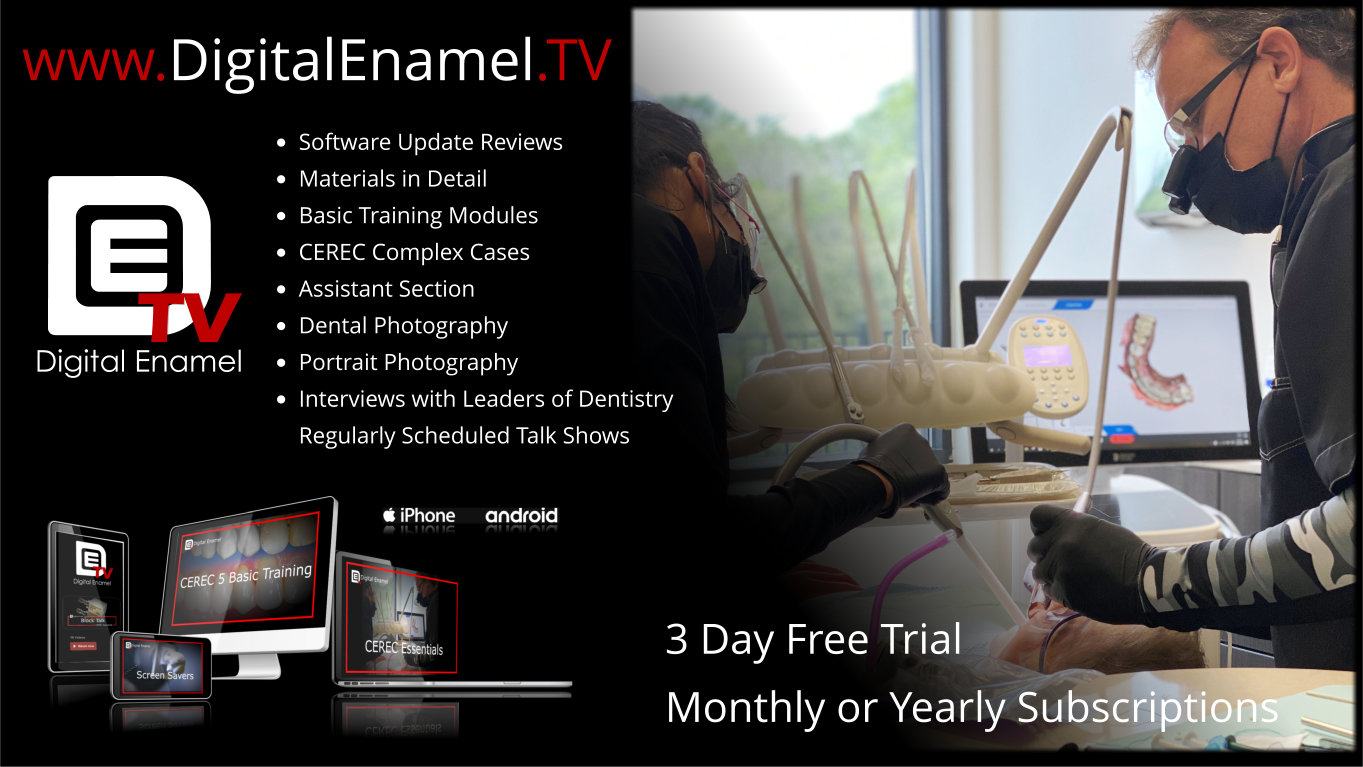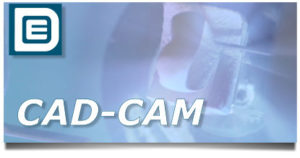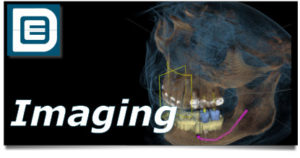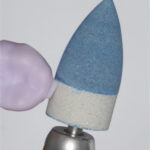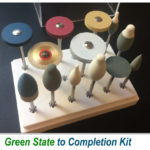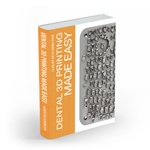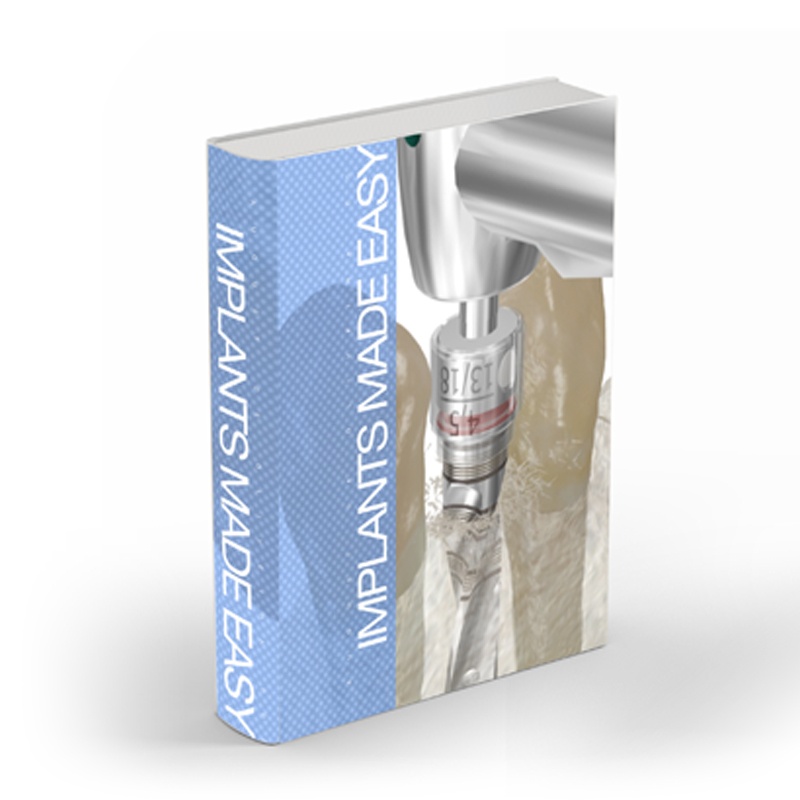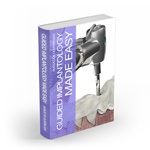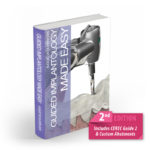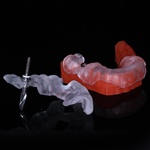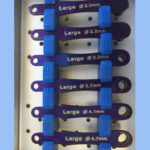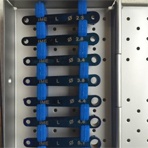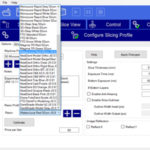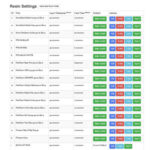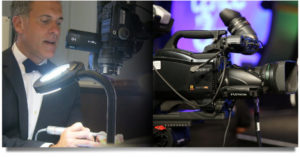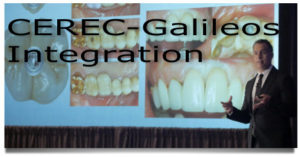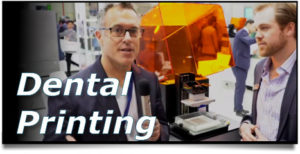Root fractures can happen with rigid posts, and flexible posts as well. This happened here. Luckily there was not much pain associated with it, and was just loose. (I, personally, know how this feels! I just had one of my own teeth have the same thing happen!)
The tooth was extracted by my OMS and the implant placed. It was angled to the distal slightly, but it fit directly into the socket site, and no risk of sinus involvement.

After a few months for osseo-integration we scanned the implant with a Scan Post with a grey Scan Body. We used the Biogeneric calculation with a buccal bite articulation. Once the entire outer surface was designed, the proposal was split into the abutment and the crown. It makes it nice to have control over the emergence profile of the abutment and the position of the margin as it follows the gingival margin.

The abutment was milled with Enamic IS and bonded to the TiBase with Multilink Implant. The crown was milled out of Triluxe Forte (although the image shows Triluxe.) The abutment was placed to 35 NCm and closed with a cotton pellet to protect the head of the screw. Then, the crown was bonded with Multilink (yellow.) The transition of the Triluxe Forte with the Enamic IS margin is spectacular, even supragingival, as in this case. A ShoFu brownie point with a LOT of water was used to clean up the resin cement at the margin.
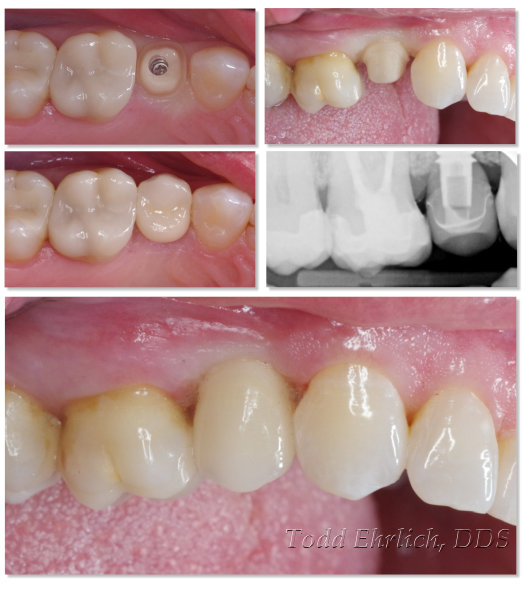
Our online education platform is awesome! Hundreds of videos that help your day-to-day use of CEREC! Works directly through your Apple or Android devices!
